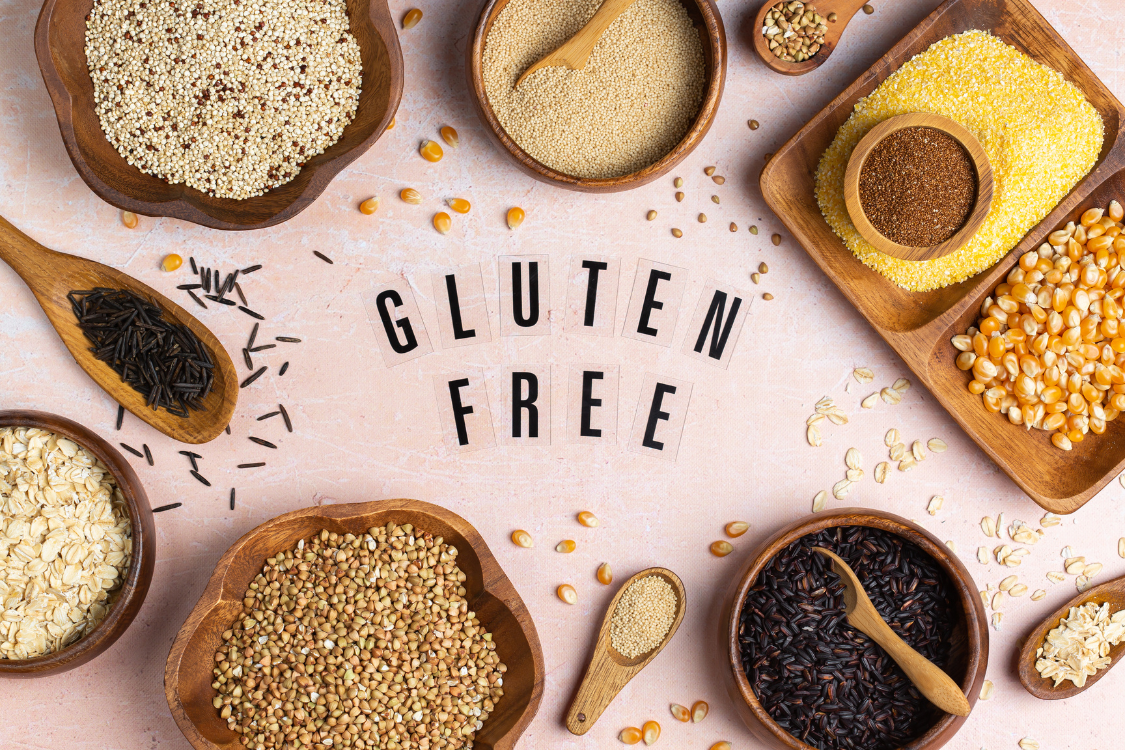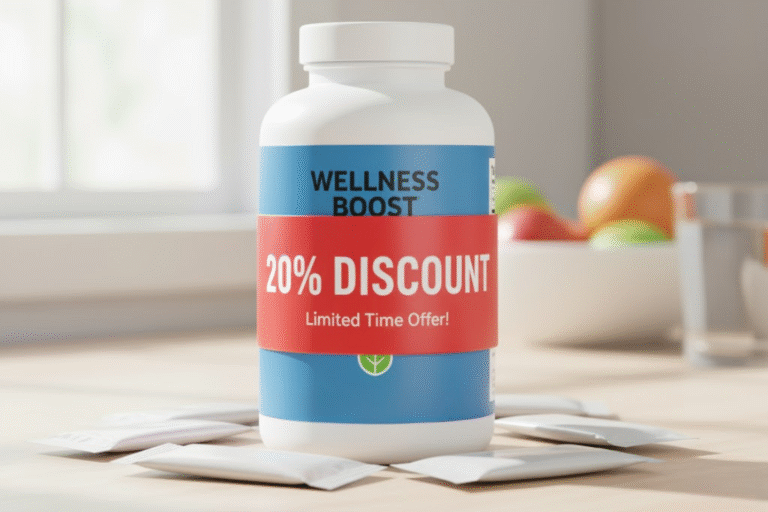“Gluten-free” can shape how consumers perceive a supplement brand. For people living with gluten intolerance or celiac disease, the term indicates that a product has been evaluated for gluten content under regulated conditions. However, a label alone does not confirm compliance. Working with a gluten testing supplements manufacturer helps verify that gluten-free standards are met according to FDA (Food and Drug Administration) criteria, not assumptions..
Manufacturers that maintain documented gluten testing programs reduce the likelihood of cross-contact with gluten-containing ingredients and demonstrate adherence to established labeling rules. Partnering with a qualified manufacturer allows brands to validate claims, meet regulatory expectations, and maintain customer confidence through transparency.
Why Gluten Testing Matters for Supplement Brands
Gluten testing plays a central role in compliance and food safety. For supplement manufacturers, it ensures that production processes meet the same labeling accuracy required of all gluten-free foods.
Protecting sensitive consumers
Even small amounts of gluten can affect individuals diagnosed with celiac disease or gluten intolerance. The FDA defines gluten as a mixture of proteins found in wheat, barley, rye, and their crossbreeds. Testing raw materials and finished products confirms that gluten levels remain within accepted limits established by federal regulation. Partnering with a qualified gluten testing supplements manufacturer helps companies monitor and document compliance for all gluten-free products.
Compliance with FDA regulations
The FDA defines “gluten-free” as a voluntary label claim that must meet measurable limits for accuracy. According to the agency, any food or dietary supplement labeled gluten-free must contain less than 20 parts per million (ppm) of gluten, which is the lowest level that can be reliably detected using validated scientific methods (U.S. Food and Drug Administration, 2018).
Some food and supplement manufacturers choose to meet stricter thresholds under certification programs, such as the Gluten-Free Certification Organization (GFCO), which sets its own limit of 10 ppm. Accredited laboratories verify gluten concentration through validated methods, and manufacturers maintain documentation to confirm that products labeled gluten-free are produced and tested in accordance with FDA labeling requirements.
Building brand trust
Transparency builds credibility. Brands that provide clear test documentation, accurate labeling, and independent verification help customers make informed choices. Maintaining open access to gluten testing records and certification details demonstrates accountability and alignment with food safety and labeling standards.
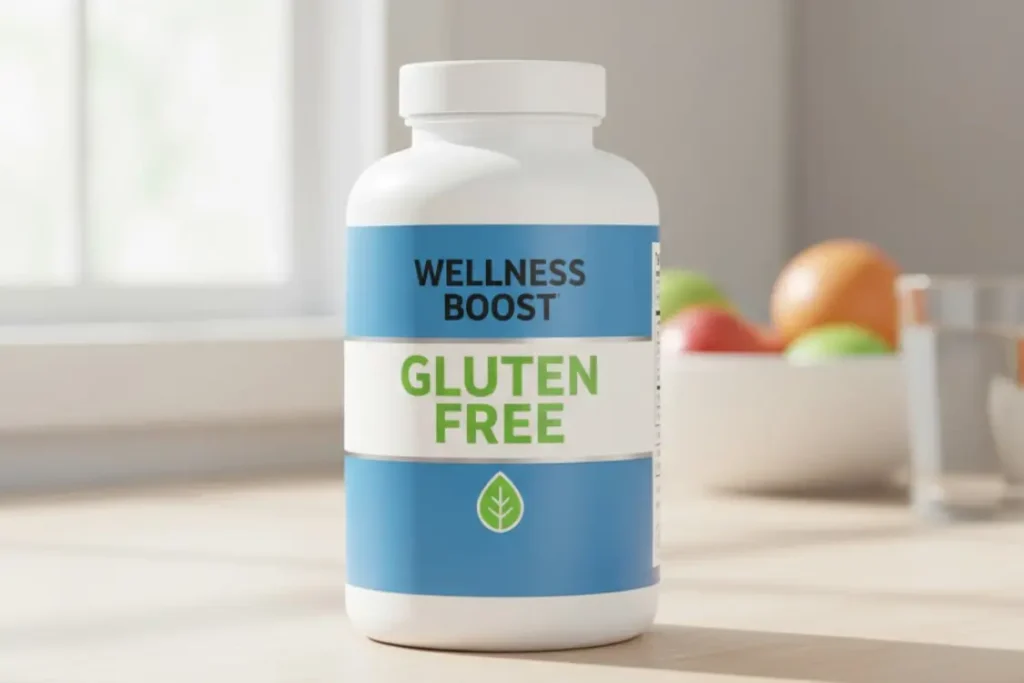
How Manufacturers Perform Gluten Testing
Gluten testing begins well before products are packaged. A stepwise process helps confirm that ingredients and production lines meet gluten-free labeling conditions.
Testing raw ingredients first
Each raw material, such as vitamins, minerals, or powdered bases, is sampled and tested for the presence of gluten before production. According to the U.S. Food and Drug Administration (2022), foods labeled “gluten-free” must meet §101.91 of the Code of Federal Regulations, which outlines the conditions under which the claim can be used. Testing at the ingredient level helps manufacturers confirm compliance with these standards and reduce the likelihood of cross-contact with wheat, barley, or rye during production.
Batch testing finished products
After production, each batch may be tested to confirm that the gluten level remains below the 20 ppm limit. The FDA’s definition applies to any unavoidable presence of gluten and uses 20 ppm as the lowest reliably detectable threshold (U.S. Food and Drug Administration, 2023). Manufacturers participating in certification programs may follow additional protocols, such as a 10 ppm target. Maintaining these testing practices supports compliance with federal labeling laws and helps verify the accuracy of gluten-free claims.
Accredited lab methods
Validated laboratory techniques are required to detect gluten with reliability. The most common method is the enzyme-linked immunosorbent assay (ELISA), which identifies gluten proteins in foods, beverages, and dietary supplements. Accredited third-party laboratories perform the testing and provide detailed analytical reports. Professional manufacturers keep this documentation on record for regulatory audits and customer assurance.
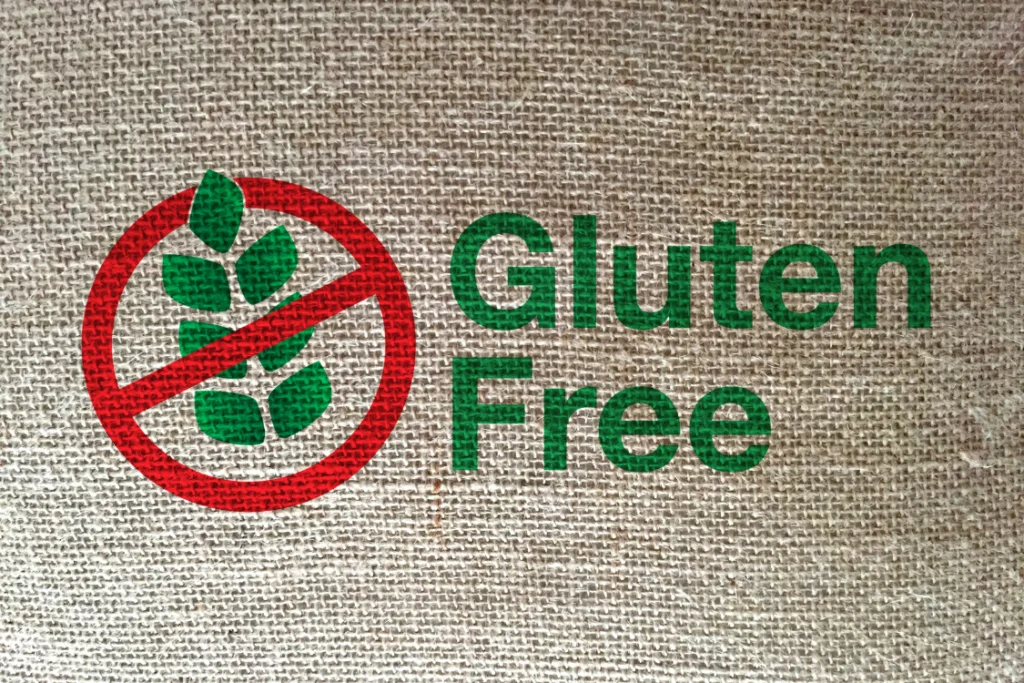
What Documentation Should You Request from a Manufacturer?
To verify gluten-free compliance, request documentation that shows every stage of testing and control. These records demonstrate adherence to FDA and GMP requirements and confirm production consistency.
- Certificates of Analysis (COAs) with gluten testing results for each batch
- Third-party laboratory reports indicating validated test methods, such as ELISA
- Testing frequency and sampling protocols confirming regular monitoring
- Written allergen control procedures for preventing cross-contact with wheat, barley, or rye
- Master Production and Control Records (MPCRs) outlining materials and process parameters
- Batch Manufacturing Records (BMRs) documenting in-process checks and results
- Cleaning and maintenance logs verifying sanitation procedures
- Labeling and packaging records for gluten-free products, including label approvals
- Deviation and corrective action reports (CAPA) for any nonconformance events
- Quality assurance sign-offs confirming final compliance
Comprehensive documentation supports traceability and accountability in supplement manufacturing. It also aligns with Good Manufacturing Practice principles, ensuring each batch follows approved testing and control standards (Patel & Chotai, 2011).
Common Red Flags in Gluten-Free Claims
When evaluating a manufacturer, review how they test and record results. The following signs can indicate noncompliance or poor documentation:
- Lack of batch testing or inconsistent records
- Reliance solely on supplier guarantees instead of verified testing
- No third-party validation or GFCO certification evidence
- Refusal to provide Certificates of Analysis (COAs)
- Marketing claims such as “FDA-approved” or “GMP-certified” without supporting documentation
- Absence of allergen control policies related to wheat, barley, or rye
- Limited communication or reluctance to discuss testing details
Identifying these issues early can help ensure labeling accuracy and maintain compliance.

How to Make a Safe and Compliant Gluten-Free Claim
Creating a compliant gluten-free label requires more than just testing. It involves understanding regulatory limits, maintaining proper records, and communicating openly with customers. Each step helps ensure your products meet federal standards while supporting transparency and consumer trust. Here’s how supplement brands can make safe and compliant gluten-free claims that stand up to regulatory and public scrutiny.
Follow FDA guidelines (<20 ppm)
The FDA’s definition of gluten-free sets a limit of 20 ppm for any unavoidable gluten presence. Certification programs like GFCO may require lower thresholds. Meeting these benchmarks demonstrates conformity with labeling regulations and provides consistency across food and supplement categories.
Document everything
Maintain copies of COAs, lab test results, and allergen-control procedures. Organized documentation supports regulatory review and demonstrates adherence to good manufacturing and recordkeeping practices.
Be transparent with customers
Use “gluten-free” labels only when supported by validated testing and documentation. Publicly sharing information about testing frequency, certification programs, or laboratory partnerships helps reinforce your brand’s commitment to compliance and quality.
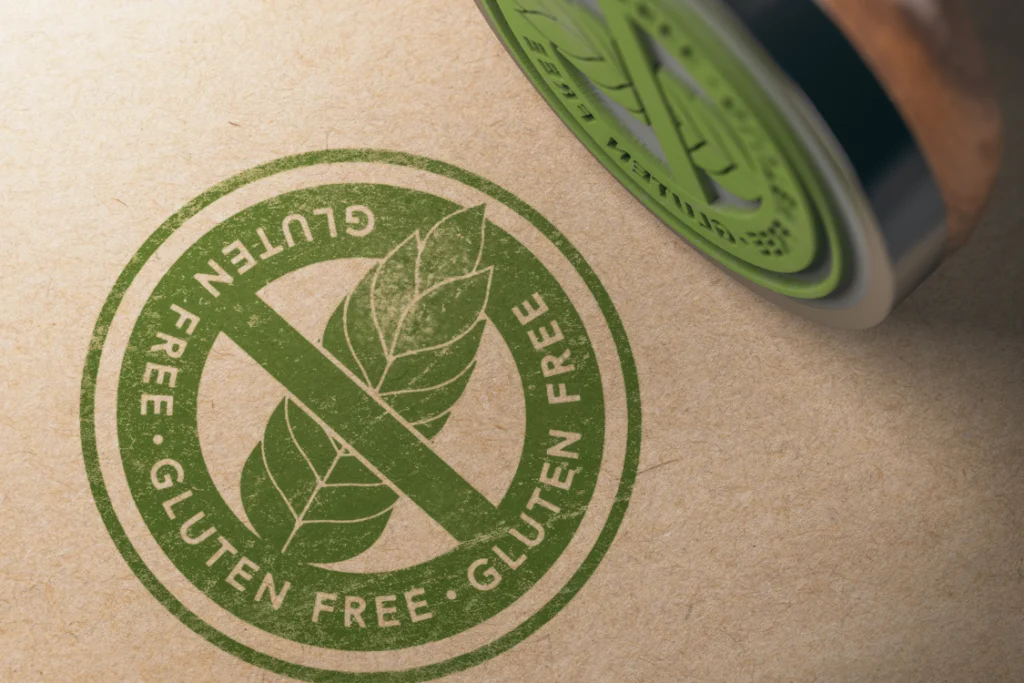
Gluten-Free Credibility Starts With Testing
Verified gluten testing supports factual, compliant labeling. Partnering with a gluten testing supplements manufacturer that follows validated methods and transparent documentation helps ensure each gluten-free claim meets the FDA’s regulatory definition. Reliable testing and accurate recordkeeping demonstrate compliance and accountability within the dietary supplements industry.
Brands that maintain open communication, verifiable data, and third-party validation strengthen customer confidence and meet labeling standards grounded in measurable science.
Frequently Asked Questions
How do supplement manufacturers test for gluten?
They use validated methods such as enzyme-linked immunosorbent assay (ELISA) to detect gluten proteins.
What is the FDA threshold for gluten-free claims?
Products labeled “gluten-free” must contain less than 20 parts per million (ppm) of gluten.
Do manufacturers test every batch for gluten?
Testing frequency varies, but responsible manufacturers perform regular analysis and maintain records.
What documents prove a supplement is gluten-free?
Certificates of Analysis (COAs) and third-party lab reports provide verification.
Can a product be labeled gluten-free without testing?
Testing is not legally required, but manufacturers are responsible for ensuring that any “gluten-free” claim meets FDA’s definition and documentation standards.
References
- Patel, K. T., & Chotai, N. P. (2011). Documentation and records: Harmonized GMP requirements. Journal of Young Pharmacists, 3(2), 138–150. https://doi.org/10.4103/0975-1483.80303
- U.S. Food and Drug Administration. (2014, June). Guidance for industry: Gluten-free labeling of foods (Small entity compliance guide). https://www.fda.gov/media/88857/download
- U.S. Food and Drug Administration. (2018, July 16). Gluten and food labeling. U.S. Food and Drug Administration. https://www.fda.gov/food/nutrition-education-resources-materials/gluten-and-food-labeling
- U.S. Food and Drug Administration. (2022, June 30). Questions and answers on the gluten-free food labeling final rule. U.S. Food and Drug Administration. https://www.fda.gov/food/nutrition-food-labeling-and-critical-foods/questions-and-answers-gluten-free-food-labeling-final-rule
- U.S. Food and Drug Administration. (2023, May 4). “Gluten-free” means what it says. U.S. Food and Drug Administration. https://www.fda.gov/consumers/consumer-updates/gluten-free-means-what-it-says
